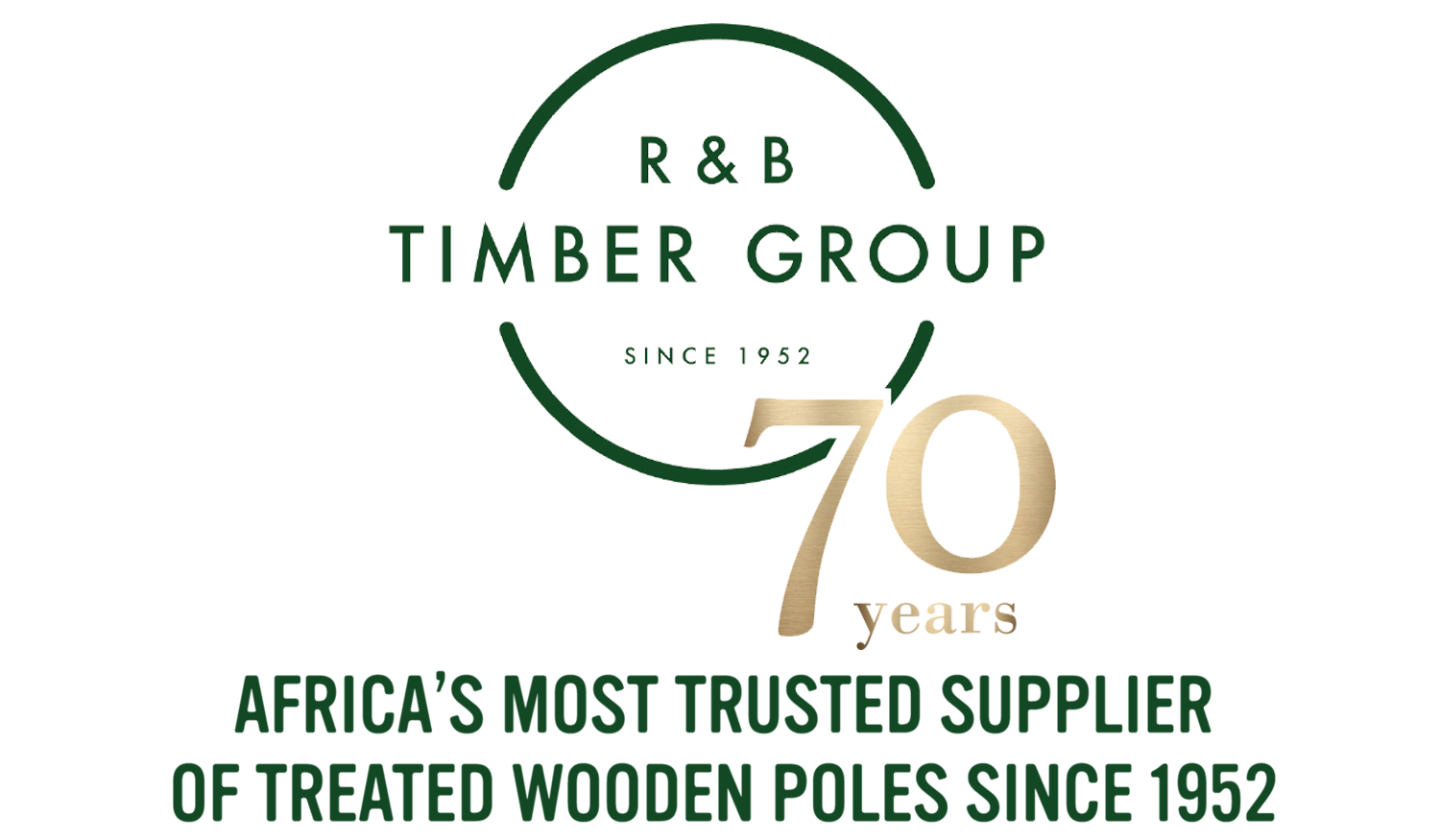LEARN MORE ABOUT TIMBER STANDARDS IN SOUTH AFRICA
Timber standards help forestries, governments, and enterprises determine how to manufacture and produce efficient products throughout South Africa.
In South Africa, a number of standards and role-players co-operate to form the best policy decisions possible to ensure that timber is grown, harvested, and produced under optimal conditions that promote commerce while protecting our diverse environment and natural heritage.
What are South African National Standards? (SANS)
Under the South African Bureau of Standards (SABS), South African National Standards (SANS) are determined to maintain the standardisation and quality of commodities and the rendering of services.
The SABS is a statutory body, that was established in terms of the Standards Act, 1945 (Act No. 24 of 1945) and now operates within the Standards Act, 2008 (Act No. 29 of 2008).
The SABS is responsible for maintaining South Africa's database of more than 6,500 national standards, which range across a variety of commodities - SANS regulations cover not only timber or forestries, but further a range of industries including electricity, water, and telecommunication.
What SANS regulations apply to treated poles?
A number of different SANS regulations apply to treated timber poles, and are designed to formulate uniform standards around the production, delivery, treatment, and use of such poles throughout South Africa.
Standards for poles
A number of standards remain for timber poles in South Africa, which cover not only the physical requirements for timber poles, but further what physical restrictions and limitations apply. These include SANS 457-2, SANS 457-3, SANS 75 3 and SANS 754.
Standards for sawn and round timber
Importantly, another standard that applies to timber poles is SANS 1288, which specifically addresses specifications for both sawn and round timber. SANS 1288 further addresses the desired moisture content of a timber pole prior to treatment as well as the measurement of preservative chemicals.
Standards for preservatives
Lastly, SANS 10005 deals with a full list of approved preservatives and processes to be used to enhance the longevity of treated wood, and is designed to list approved preservatives and processes when treating wood. Consequently, this standard also details safety precautions that should be taken when treating wood.
What standards apply to transmission poles?
A number of different standards apply to the production of transmission poles - that includes SANS 45 which details the production of treated wooden poles (not including utility poles), SANS 457-2 which details standards for softwood poles, and alternatively SANS 457-3 which deals with hardwood poles, or SANS 1288 for preservative-treated timber.
Standards for structural poles
An important distinction is also made to elaborate on the difference between poles intended for use in structural cases or for construction and agricultural uses.
Under SANS 457, standards elaborated requirements for structural poles are specified under SANS 457-2 and SANS 457-3, and can include building poles, agricultural poles, fencing poles, and guard rail posts.
What timber treatments are most often used?
While a number of treatments for utility poles exist, the vast majority of similar poles are treated by one of two means, such as CCA - officially called Chromated Copper Arsenate - or Creosote.
CCA is an industrial wood preservative that has been used in South Africa and was first developed in 1933. CCA treatments are designed to preserve timber against the likes of fungal decay or pests. CCA treatments are sometimes referred to under the umbrella term ‘pressure treated wood’.
While a number of treatments have sought to study the safety and effectiveness of CCA treatments, it has been found to be safe to use and is not prohibited under the law in South Africa.
Creosote, alternatively, is an oil-based treatment that is designed to defend against fungal invasions or insect attacks. Generally, creosote treatments are either performed through a do-it-yourself application or are applied through pressure-treatment. Creosote is generally flame-retardant and can last upwards to 25 years.
What is Responsible Forestry?
Responsibly Forestry is a practice of controlling the establishment, growth, composition, health, and quality of forests to meet both the needs of landowners and industries.
Under a white paper, the South African government has determined practises that will promote sustainable forest development in our country and is intended to ‘weld together the three strains of conservation forestry, commercial forestry and community forestry.’
Industries practising responsible forestry adhere to practises that enforce sustainability, ensuring a positive impact on commerce, communities, and ecologies.
Under these practises, timber for utility, netting, or other wooden poles are sourced ethically and sustainably, and are designed to be produced not only within standards issued by the SABS but in line with best practises that promote healthy environments.
Thanks to close co-operation, forestries, manufacturers, the SABS and the South African Wood Preservers Association (SAWPA) are able to align the best policy to ensure that our forests and natural diversity remain protected.
